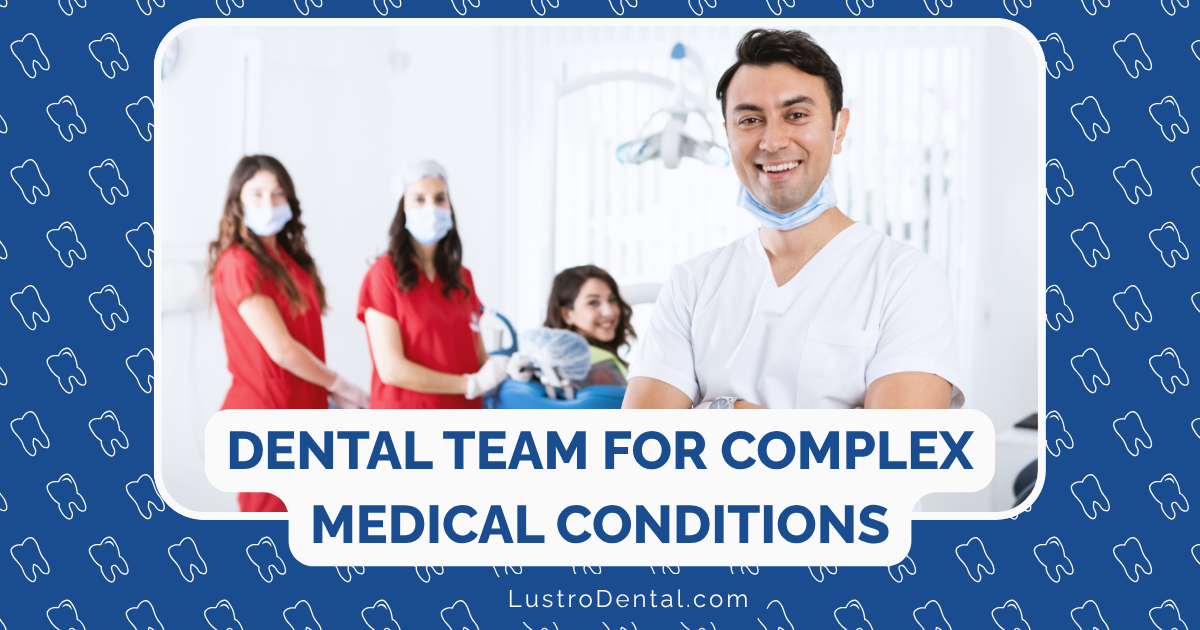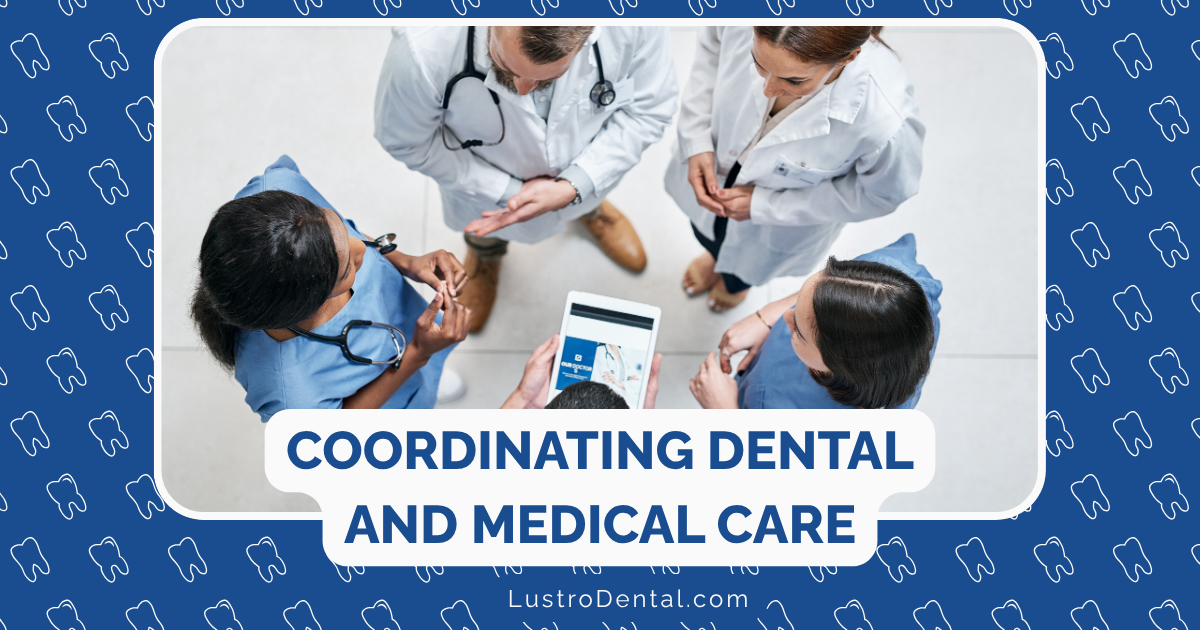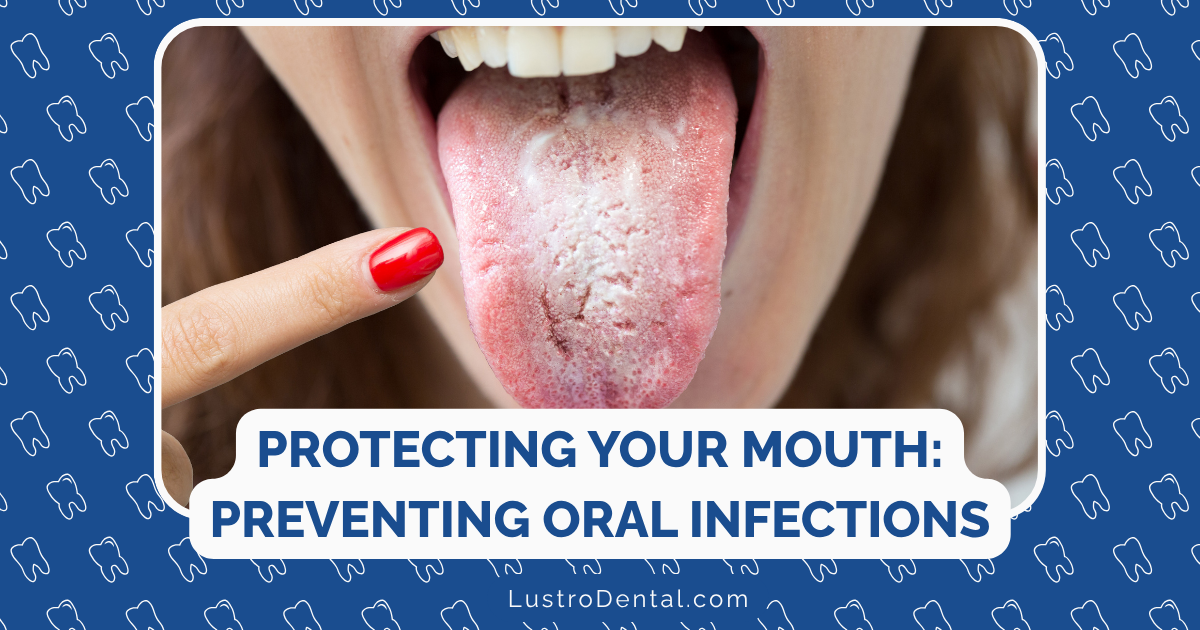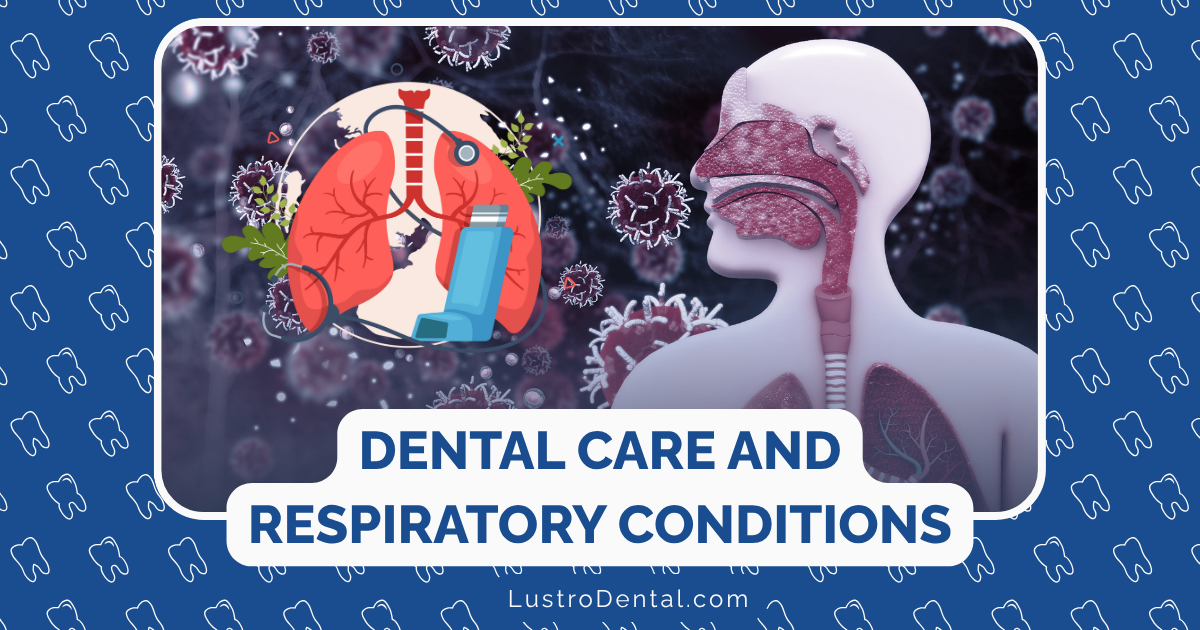Creating Positive Dental Experiences for Patients with Autism
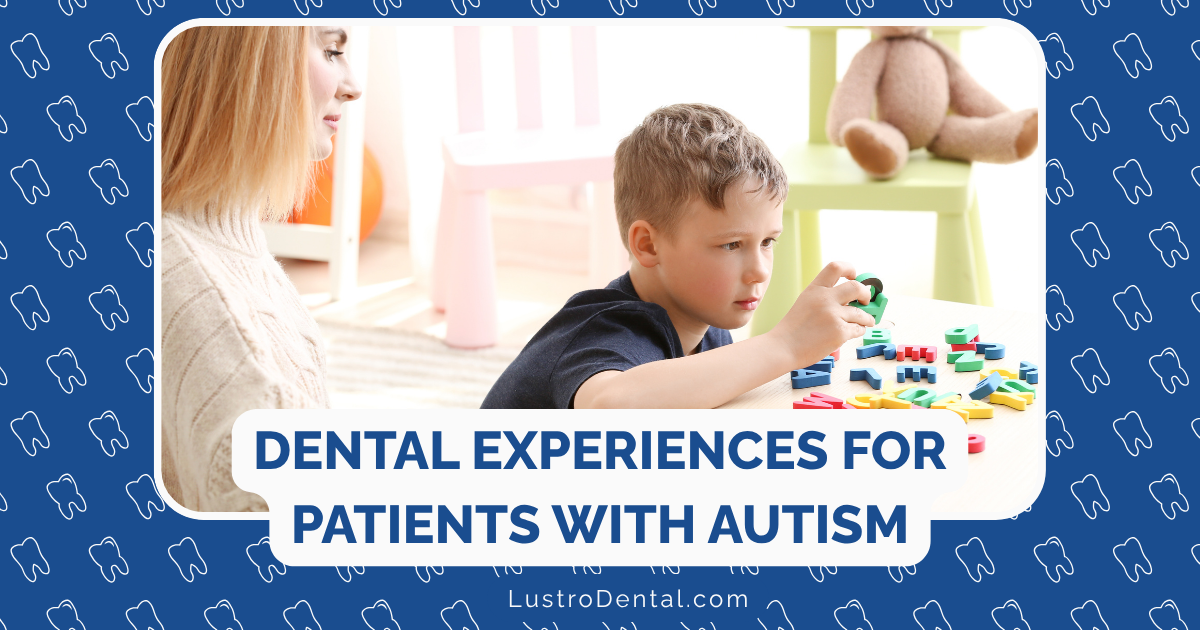
As a dental professional who’s spent years working with diverse patient populations, I’ve seen firsthand how challenging dental visits can be for individuals with autism spectrum disorder (ASD). The bright lights, unfamiliar sounds, strange tastes, and necessary physical proximity can transform what many consider a routine checkup into an overwhelming sensory marathon.
But here’s the truth that keeps me motivated: with thoughtful adaptations and genuine understanding, we can transform these potentially stressful experiences into positive ones. Let’s explore practical strategies that can make a world of difference for our patients with autism.
Understanding the Dental Challenges for Patients with Autism
According to the latest CDC data, approximately 1 in 36 children in the United States has been diagnosed with autism spectrum disorder—a significant increase from previous estimates. This means that dental practices everywhere are serving more patients with autism than ever before.
Individuals with autism often experience the dental environment differently due to:
- Sensory sensitivities: Hypersensitivity to sounds (drills, suction), lights (overhead operatory lights), smells (clinical odors), tastes (treatment materials), and touch (instruments in mouth)
- Communication differences: Difficulty expressing discomfort or understanding complex instructions
- Anxiety about unfamiliar environments: Unpredictability of dental procedures can trigger stress responses
- Need for routine and predictability: Disruptions to expected sequences can cause distress
These challenges help explain why children with ASD have higher rates of untreated dental caries and oral health issues compared to neurotypical peers. But this doesn’t have to be the case.
Creating a Sensory-Friendly Dental Environment
The physical environment plays a crucial role in creating positive dental experiences. Consider these modifications:
Visual Accommodations
- Dim overhead lighting when possible
- Offer sunglasses to reduce glare
- Use visual schedules showing each step of the appointment
- Minimize visual clutter in treatment rooms
- Consider a separate, quieter waiting area option
Auditory Accommodations
- Provide noise-canceling headphones
- Play calming music or the patient’s preferred audio
- Explain sounds before they occur (“You’ll hear a humming sound now”)
- Schedule appointments during quieter office times
- Minimize staff conversation during procedures
Tactile Considerations
- Allow patients to handle instruments before use
- Offer weighted blankets for comfort and security
- Use pressure techniques that may be calming
- Provide fidget tools or comfort items
- Consider the texture of materials used (bibs, napkins)
Dr. Michelle Harmon, a pediatric dentist specializing in treating patients with special needs, notes: “Creating a sensory-friendly environment isn’t about expensive equipment—it’s about thoughtful modifications that show patients we understand their unique needs.”
Building Trust Through Pre-Visit Preparation
One of the most effective strategies for creating positive dental experiences happens before the patient even arrives.
Social Stories and Visual Guides
Social stories are personalized narratives that help individuals with autism understand what to expect in specific situations. Creating a social story about visiting the dentist can significantly reduce anxiety.
Elements to include:
- Photos of the office exterior and interior
- Pictures of staff members the patient will meet
- Step-by-step visuals of what happens during a cleaning
- Sensory information (what they might hear, feel, taste)
- Positive reinforcement messages
Many dental practices now offer downloadable social stories on their websites, or you can work with the patient’s family to create a customized version.
Desensitization Visits
Consider offering “practice visits” that allow patients to:
- Tour the office without undergoing treatment
- Sit in the dental chair
- Meet the dental team
- See and touch equipment
- Practice opening their mouth
- Establish a comfort signal (raising a hand when needing a break)
These visits build familiarity and trust without the pressure of actual treatment. Research shows that desensitization techniques can significantly reduce anxiety for patients with autism during subsequent visits.
Effective Communication Strategies
Clear, consistent communication forms the foundation of positive dental experiences for patients with autism.
Before the Appointment
- Send pre-appointment questionnaires about sensory preferences
- Ask about successful strategies used in other healthcare settings
- Discuss specific triggers to avoid
- Establish how the patient best communicates (verbally, through pictures, with devices)
During the Appointment
- Use clear, concrete language
- Demonstrate before doing
- Employ first-then statements (“First we count your teeth, then you choose a sticker”)
- Provide adequate processing time between instructions
- Use visual supports alongside verbal communication
- Respect and respond to the patient’s communication attempts
A parent of a 12-year-old with autism shared: “The moment our dentist started using visual countdown timers and giving my son choices, dental visits transformed from nightmares into manageable experiences. Being understood made all the difference.”
Tailoring Treatment Approaches
No two patients with autism are alike, so individualized approaches are essential.
Scheduling Considerations
- Book appointments during the patient’s optimal time of day
- Schedule shorter, more frequent visits if needed
- Allow extra time to prevent rushing
- Minimize waiting room time
- Consider being the first or last appointment of the day
Procedural Adaptations
- Break treatments into smaller steps
- Use tell-show-do techniques consistently
- Offer frequent breaks
- Consider alternative positions if the traditional reclined position is uncomfortable
- Use the least invasive techniques possible
Positive Reinforcement
- Provide specific praise for cooperation
- Offer meaningful rewards (special interests often make effective motivators)
- Create achievement systems (stamps, tokens, certificates)
- Celebrate small victories
Dr. John Hansford, who has treated patients with autism for over 15 years, emphasizes: “The key is flexibility. What works for one patient may not work for another. We need to be willing to adapt our approach based on individual needs.”
Working with Support Systems
Collaboration with families, caregivers, and other healthcare providers creates a comprehensive support network.
Engaging Caregivers
- Welcome caregivers’ presence during treatment when helpful
- Learn from their expertise about the patient
- Provide specific home care instructions with visual supports
- Maintain open communication between visits
Interdisciplinary Approach
- Coordinate with occupational therapists for sensory strategies
- Consult with behavior analysts for specific behavioral approaches
- Connect with the patient’s medical providers for comprehensive care
The Autism Speaks Dental Toolkit provides excellent resources for both families and dental professionals looking to improve oral healthcare experiences.
Advanced Considerations for Dental Professionals
For dental professionals committed to serving patients with autism effectively:
Training and Education
- Pursue continuing education specific to treating patients with special needs
- Learn about sensory processing differences
- Understand behavior management techniques
- Train all staff members, including front office personnel
Practice Accommodations
- Consider offering specialized appointment times for patients with sensory needs
- Develop protocols for managing sensory overload situations
- Create a sensory kit with tools like weighted blankets, fidgets, and visual supports
- Establish clear communication systems within the team
When Traditional Approaches Aren’t Enough
- Know when to consider pharmacological management options
- Develop relationships with anesthesiologists experienced with patients with autism
- Understand when hospital dentistry might be appropriate
Success Stories: Transforming Dental Experiences
What truly matters are the real-world outcomes these approaches create. Consider these transformations:
“After three failed attempts at different dental offices, we found a practice that used visual schedules and allowed my son to wear his noise-canceling headphones. He’s now had two successful cleanings and actually asks when we get to go back to the dentist!” – Parent of an 8-year-old with autism
“By breaking down the dental visit into five-minute segments with breaks in between, we’ve been able to complete full examinations for patients who previously couldn’t tolerate even sitting in the dental chair.” – Dental hygienist specializing in special needs care
The Path Forward
Creating positive dental experiences for patients with autism isn’t just about completing necessary procedures—it’s about building trust, fostering independence, and establishing lifelong oral health habits.
By implementing sensory-friendly environments, clear communication strategies, and individualized approaches, dental professionals can make a profound difference in the lives of patients with autism and their families.
Remember that each positive experience builds upon the last, gradually transforming dental visits from sources of anxiety into manageable, even positive, parts of life.
For more resources on creating autism-friendly dental practices, visit the American Academy of Pediatric Dentistry’s special needs resources or Autism Speaks’ dental resources.
Have you implemented strategies that have helped create positive dental experiences for patients with autism? Share your experiences in the comments below.


